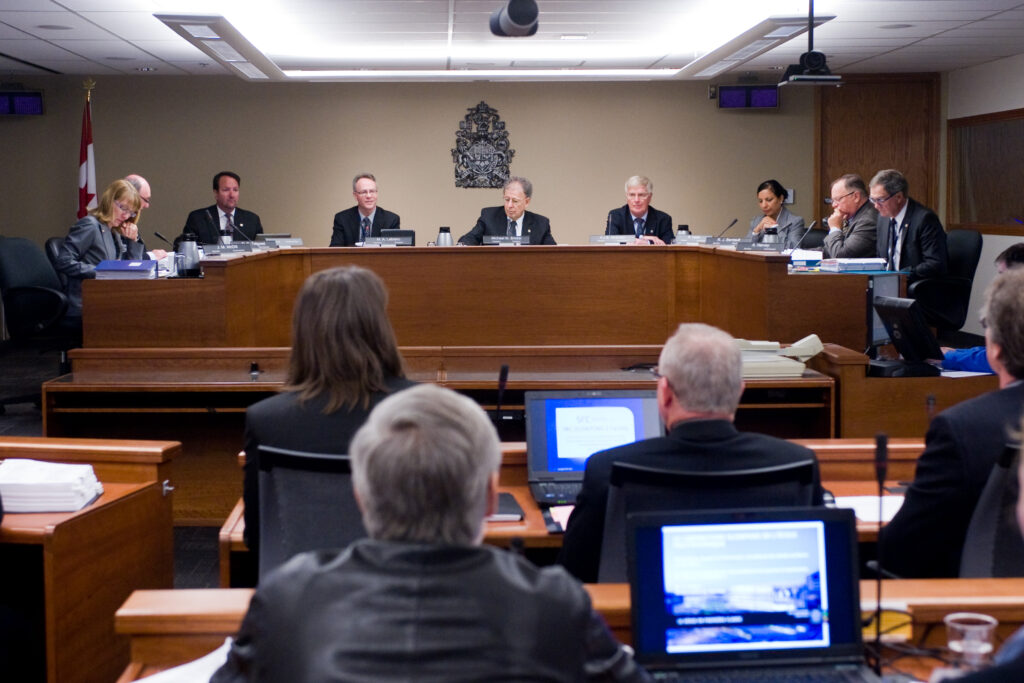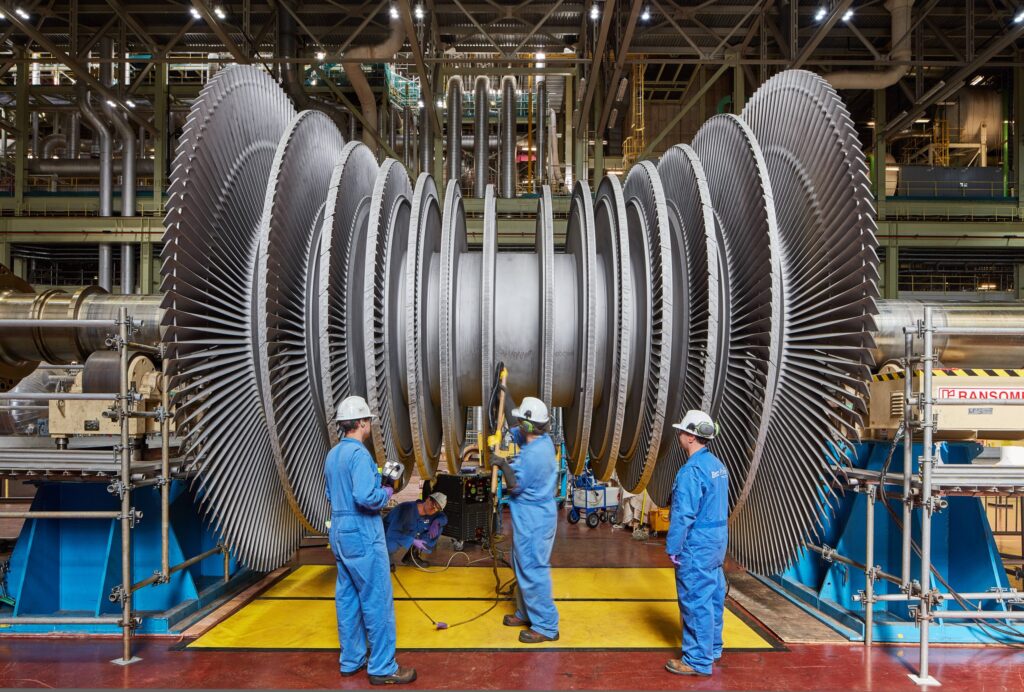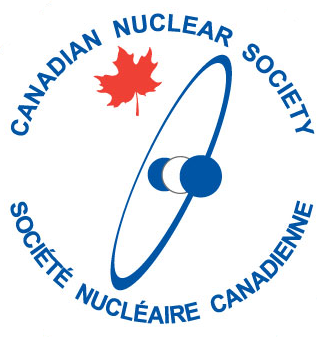Who ensures the safety of Canada’s nuclear sector?

The Canadian nuclear sector includes a wide array of technology and activities. From radioisotopes that make the world safer and healthier to fundamental research (like the McMaster and Royal Military College nuclear reactors and Canadian Nuclear Labs in Chalk River) to nuclear power, it all needs to be carefully regulated.
The federal government created a federal nuclear regulator in 1945. [2] The regulator changed names several times and is now called the Canadian Nuclear Safety Commission (CNSC). Through the years its mandate remains clear: provide effective regulations to keep Canadians safe whenever we use radioactive material in any way. This means that the CNSC oversees every aspect of the nuclear fuel cycle from uranium mining, to making nuclear fuel (fuel fabrication), to fuel handling at a nuclear reactor, to the reactors themselves and finishing off with the safe storage of spent nuclear fuel. The CNSC oversees it all to make sure that workers and the public are safe no matter what happens.
Sometimes the CNSC works with other provincial and federal regulators when the nuclear technology overlaps with another regulator’s purview. The medical use of isotopes is regulated by both Health Canada and the CNSC. The transport of medical isotopes (which are radioactive) is also regulated by Transport Canada. The regulators work together.
The CNSC reviews every nuclear facility (laboratories, mining sites, nuclear power plants and the eventual deep geologic repository for waste products from the nuclear fuel cycle) and radioactive material transport. The regulator reviewed the design of the CANDU to make sure that Canadians would be kept safe. (You can read more about the specific safety systems that CANDU reactors use here: http://nuclearsafety.gc.ca/eng/reactors/power-plants/nuclear-power-plant-safety-systems/index.cfm) The CNSC is currently working with the companies making small modular reactors to make sure that they understand the high safety standards for Canada’s nuclear fleet.
The CNSC aims for transparency and consults the public about every major license. While independent from both industry and other nuclear regulators, the CNSC works with international organizations to exchange ideas about best practices. The CNSC works for Canadians, to keep both the public and the workers at nuclear facilities safe.

Citations
